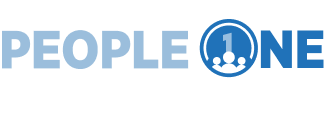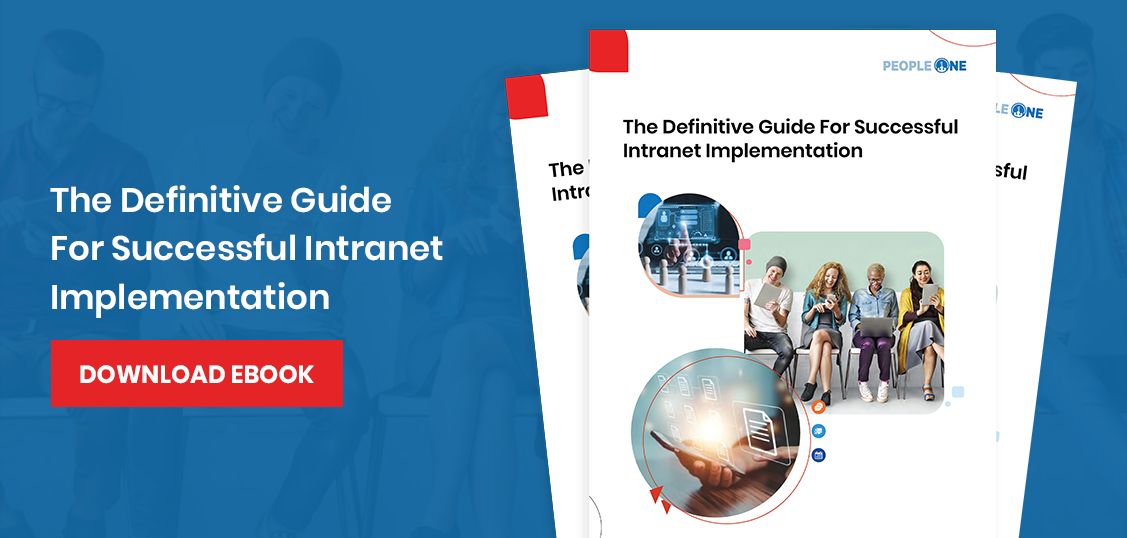
Private Equity firms aim to expand their portfolios and strategically cultivate and retain top-tier talent. Their focus is not just on finding the perfect fit for the present moment but on creating a vision and building a team that can adapt and evolve through market fluctuations.
Talent acquisition is just the beginning. Retention is equally important, and it goes beyond offering competitive compensation packages.
60% of PE CFOs are struggling to recruit employees, with 82% reporting issues with retention. Source: Private Equity Wire
To keep their best employees, businesses need to offer opportunities for professional development, acknowledge individual achievements, and create a sense of purpose that aligns with their employees’ goals. This leads us to ask: How can companies backed by private equity attract and retain the most talented workforce?
Building the Winning Tech Stack
To achieve an answer to the above question, private equity firms, as a first step, rely heavily on the technology stack recommended for their portfolio companies. It is crucial in enhancing operational efficiency, managing client relationships, and nurturing talent. Take a look at the tech stack recommended by some of the top PE firms.
1. Customer Relationship Management (CRM)
- Why it matters: Streamlined client interactions are vital for PE-backed companies, as solid relationships improve deal flow and investor confidence. A strong CRM system increases strategic collaboration across the ecosystem.
- Example: Integrating a CRM with an intranet platform enables real-time communication and knowledge sharing between teams, allowing collaboration on client engagements. This increased visibility and engagement boosts employee morale and a sense of ownership.
2. Enterprise Resource Planning (ERP)
- Why it matters: Operational efficiency is key for maximizing returns in PE-backed businesses. ERP systems optimize resource allocation and performance tracking, ensuring everyone works towards aligned goals.
- Example: Integrating ERP with an efficient Intranet connects employee efforts to broader business objectives. This transparency empowers employees to see the impact of their work, providing a sense of meaningful contribution and engagement.
3. Human Capital Management (HCM)
- Why it matters: Attracting and retaining talent requires efficient recruitment, onboarding, and development programs. A good HCM system streamlines these processes and enables personalized growth plans.
- Example: When integrated with a customizable Intranet, HCM becomes a platform for continuous learning and skill development. Personalized learning paths and transparent communication through the Intranet empower employees and cultivate a thriving talent ecosystem.
4. Intranet Solutions
- Why it matters: Beyond communication, Intranet platforms act as the central power, connecting CRM, ERP, and HCM systems. This improves information flow, collaboration, and knowledge sharing.
- Example: An Intranet platform acting as the digital nucleus empowers talent through transparent communication, personalized learning opportunities, and a unified sense of purpose. This enhances a collaborative and engaging work environment, attracting and retaining top talent.
As organizations expand, the same factors driving their growth can lead to a higher risk of losing talented employees. This can have a ripple effect that negatively impacts productivity, morale, innovation, and customer satisfaction. So, it’s important to examine the specific challenges businesses face during growth periods and how to overcome them.
Understanding Retention Risks during Periods of Rapid Growth
Challenges | Reasons |
Skill Gaps and Talent Shortages | Rapid technological evolution creates skill gaps. The demand for expertise outpaces the availability of skilled professionals, intensifying competition and leading to higher turnover rates. |
Increased Competition for Talent | The quest for research increases competition for skilled people. The scarcity of expertise in different fields amplifies turnover challenges. |
Cultural Misalignment | Rapid expansion may lead to cultural misalignment. Evolving organizational structures may cause clashes between traditional and innovative values, impacting employee satisfaction. |
Leadership Challenges | Companies with ambitious growth strategies face leadership challenges during high-growth phases. The demand for effective leaders who can navigate high-performance cultures often exceeds the available talent pool. |
How an Intranet can Boost Talent Retention
1. Customized Recognition and Rewards Programs:
- An intranet enables organizations to customize recognition and rewards programs to suit individual employee preferences and accomplishments. Personalized features help in offering tailored acknowledgment, celebrating milestones and achievements unique to each employee.
- Example: An intranet-based recognition system can track and highlight individual achievements, facilitating customized rewards such as gift vouchers, extra time off, or personalized acknowledgment messages. Discover how a leading quick-service restaurant chain enhanced employee retention with a customized recognition program.
2. Real-Time Feedback Mechanisms via the Intranet:
- Intranets provide a platform for real-time feedback, allowing managers and peers to recognize contributions promptly. This provides a culture of continuous improvement and ensures that employees receive timely recognition for their efforts.
- Example: Integrated feedback forms and recognition tools on the intranet enable employees to receive instant acknowledgment for their work, promoting a sense of value and motivation. Watch this video and get to know how an LA-based publisher broke down silos and created a real-time feedback mechanism ensuring that every team member is in the loop.
3. Bringing About a Unified Sense of Purpose and Belonging:
- An intranet is a central hub for sharing organizational goals, mission statements, and success stories. This alignment creates a unified sense of purpose, fostering belonging among employees who understand their role in the broader organizational vision.
- Example: Regularly updated news sections on the intranet can showcase achievements, upcoming projects, and organizational milestones, reinforcing a shared sense of purpose and instilling a sense of pride and commitment among employees. Find out how a business consulting firm listed by Forbes established an inclusive workplace environment, leading to improved connectivity among employees.
4. Collaborative and Transparent Communication with Intranet:
- An intranet provides space for transparent communication, ensuring employees are well-informed about company updates, changes, and future plans. Transparent communication builds trust and helps employees feel connected to the organization.
- Example: Intranet-based communication tools such as forums, discussion boards, and live chat features facilitate open dialogue. Leaders can share insights, respond to queries, and address concerns directly. Explore how a civil construction services organization based in Texas optimized communication for corporate staff and frontline workers.
Intranet Strategies for Talent Development Initiatives
The intranet’s integration capabilities extend far beyond mere communication tools. By incorporating the systems mentioned below and other productivity apps, an intranet offers a unified platform where employees can access all necessary tools and resources without needing external navigation. This consolidated approach makes the intranet the go-to application for all employees’ needs. Whether accessing training modules, tracking performance, or receiving rewards and recognition, the intranet provides a single-glass experience that simplifies tasks and boosts organizational efficiency.
- Strategic Talent Analysis: A comprehensive talent audit facilitated by the intranet can identify skill gaps and growth areas, guiding the development of tailored learning modules and mentorship programs.
- Personalized Learning Modules in Intranet: An intranet-based learning management system (LMS) could offer courses ranging from technical skills to leadership development, allowing employees to choose modules aligned with their career aspirations.
- Facilitating Knowledge Exchange through Intranet-Based Mentorship Programs: An intranet platform could facilitate mentor-mentee pairings, allowing individuals to connect, share knowledge, and build professional relationships contributing to talent development.
- Performance Tracking and Feedback Mechanisms in Intranet: An intranet-based performance management system could include regular check-ins, goal-tracking features, and mechanisms for 360-degree feedback, ensuring comprehensive evaluations that guide talent development efforts.
- Gamification Elements: An intranet platform could introduce gamified challenges, quizzes, or interactive learning modules, turning talent development into an engaging and rewarding experience.
Accelerating Portfolio Value with Talent Management
Empower your workforce with personalized learning pathways and mentorship opportunities.
76% of employees claim they put in more effort for a company that prioritizes their growth. Forbes
Cultivate growth across your portfolio’s talent through integrated solutions and a collaborative culture. By strategically investing in talent management with PeopleOne, you’re not merely nurturing individuals; you’re tending to an ecosystem that accelerates portfolio value within your organization.
Remember, your most valuable assets don’t sprout from trees; they flourish within your workforce, and PeopleOne is the tool that empowers you to nurture them.
Discover how PeopleOne can transform your organization
Request a DemoHR and Comms Guide: How to Turn Your Intranet into a Highly Engaged and Productive Platform
Download Ebook









